PRIVATE SCHOOL CANNOT ESCAPE $2.7 MILLION LIABILITY FOR HISTORICAL CHILDHOOD SEXUAL ABUSE PERPETRATED BY MAN WHO WAS NOT A STAFF MEMBER
In October 2021, the Supreme Court of Victoria awarded a landmark $2.7 million in damages to a private school victim of historical childhood sexual abuse. This is the highest amount of damages awarded for an institutional abuse case so far in Victoria.
As we start to see more and more survivors of historical institutional abuse cases resolve and set new benchmarks, this case confirms that schools can be held liable for actions of people who are not on the payroll.
In PCB v Geelong College [2021] VSC 633, the fact that the Plaintiff suffered abuse whilst a student at the College wasn’t contested. What was disputed was whether the school was liable and how much money was sufficient to compensate the student for the impact of the abuse.
Unfortunately for the plaintiff, the College did not have sufficient systems to protect its students from the risk of sexual assault from adults who and access to the children. Further, the dismissive approach it took to prior complaints about the perpetrator enabled the perpetrator to groom and sexually assault the plaintiff. These failures led the court to find that the school was negligent.
ACCESS TO SCHOOL FACILITIES GAVE PERPETRATOR OPPORTUNITY TO GROOM A YEAR 8 STUDENT
A student at Geelong College and was abused by a volunteer in ‘The House of Guilds’ – a purpose built manual arts and woodwork area, located on the school grounds. The student was in Grade 8 at the time. The House of Guilds was open to members of the community, who could join for a membership fee. The perpetrator was an ‘honorary member’ aged in his 70’s who was often at the facility.
Over a period of around two years, the perpetrator would groom the plaintiff and sexually assault the Plaintiff. This abuse occurred weekly in the woodwork room at the House of Guilds. Later it progressed to encounters in the perpetrator’s car and apartment.
The perpetrator even went so far as to befriend the Plaintiff’s parents. He began to show up unexpectedly and assault the Plaintiff in his own home.
Like so many other victims of abuse, the Plaintiff felt ashamed and felt he had no one to talk to about what was happening to him. He never reported it to anyone. When he eventually refused the perpetrator’s advances, the abuse stopped.
The Plaintiff subsequently went on to marry and successfully complete tertiary level education in Commerce. However as his life and career began to reach its prime, like many survivors of abuse, the insidious nature of delayed psychological trauma from childhood sexual abuse began to impact the plaintiff. He became unable to cope. He found it difficult to hold on to jobs and provide for his family. He began having panic attacks, flashbacks and nightmares, before finally crumbling and disclosing the abuse to his wife and family.
THE ABUSE WAS FORESEEABLE – AS WAS THE IMPACT ON THE PLAINTIFF
Historical Childhood Sexual Abuse Lawyers argued the College was negligent and or / vicariously liable for the repeated and foreseeable abuse the Plaintiff suffered and his subsequent injury, loss and damage. In essence, the Plaintiff’s schooling, later career and mental health was hindered by the abuse. The Plaintiff believed he would have been more successful, or successful sooner, had it not been for the abuse.
BUT IS THE SCHOOL RESPONSIBLE FOR ABUSE THAT OCCURRED OUTSIDE OF ITS PREMISES?
The court heard there was no denying the shocking abuse that the Plaintiff had suffered. However, the College denied it was liable for the actions of the Guild member. It argued that it could not be held responsible as the perpetrator was not an employee or in any way affiliated with the teaching cohort of the school.
The college did not deny a duty of care was owed to the Plaintiff while at the school. However it contended that they discharged this duty when the child left the school, and that any duty did not extend to the abuse in the perpetrator’s car, home or in the Plaintiff’s home.
The Court disagreed.
Despite heavily involving himself in the ‘running of’ the House of Guilds, his constant presence, supervision and involvement with the students, the perpetrator was found not to be an employee of the school, and therefore the College could not be found ‘vicariously liable’.
Nevertheless, the court found that the school was negligent. The perpetrator had groomed the Plaintiff at the school, with abuse commencing and being ‘regular and extensive’ for many months. Despite further abuse happening off-campus, Justice O’Meara found these were caused and connected to the original abuse suffered at the school.
THE PLAINTIFF HAD A VERY SUCCESSFUL WELL-PAID CAREER, SO DID HE HAVE A LOSS?
The plaintiff had a very successful career where he had been able to attract significant salaries in high profile corporate roles. The College argued the plaintiff had prospects of returning to similar high paid jobs. The college felt that damages ought to be reduced substantially.
Again, the Court disagreed. The Court found that given the Plaintiff had secured a highly paid role prior to his psychological breakdown, so was satisfied he would have achieved a similar level of success earlier had it not been for the abuse. The court was also satisfied that the plaintiff may have continued in similar roles in the future had the abuse not occurred.
Expert evidence from an independent psychiatrist was accepted by the court. The Medico-Legal opinion from the psychiatrist confirmed that the Plaintiff would not be able to work for ‘the foreseeable future’ and that if he did return to work, he would ‘re-enter far less stressful and lower remunerated work.’
The court awarded $2,632,319.25 including:
- Damages for pain and suffering: $300,000
- Damages for ability to have started earning earlier at a higher capacity: $676,583.05
- Damages for the loss of ability to hold high salaried manage roles in the future: $1,634,995.20
THE GREY LINE OF HOW FAR A SCHOOL’S DUTY TO ITS STUDENTS EXTENDS IS NOW LESS BLURRED.
The school was not able to escape responsibility for the abuse suffered by its student merely because the perpetrator was not on staff or because some incidents of abuse happened off site. The abuse was initiated on the College grounds. The school failed to protect its student from the foreseeable risk of having un-vetted members of the community on school grounds. The school failed to take steps to mitigate that risk despite other reports of inappropriate behaviour by the perpetrator. The school breached the duty of care it owed to the plaintiff and had to pay the price of the damage caused by putting the blinkers on when it came to the risk of sexual abuse.
Evolve Legal’s Historical Childhood Sexual Abuse Lawyers
If you need further information about compensation for historical childhood sexual abuse or severe physical abuse, please contact our childhood sexual abuse lawyers here or on 1300 025 101.
Posted in: Latest News
October 26 2021





